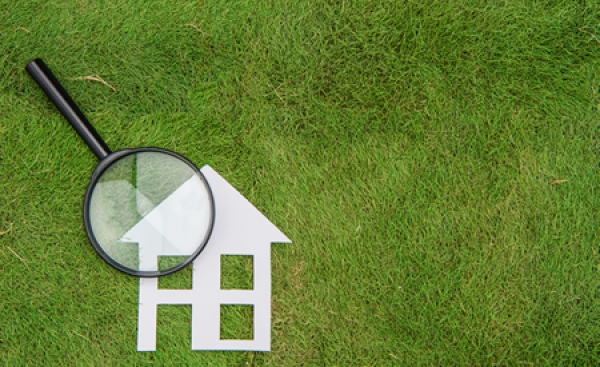Charles Robinson examines the critical role of the Environmental Product Declaration (EPD) in designing genuinely sustainable buildings
The battle to persuade mainstream opinion that sustainability matters is now largely won. But one day, we may look back on this as the easy bit. Why? Because another problem looms: how can we accurately measure it?
Construction is a particularly complex case, with its vast web of inputs affecting so many areas that sustainability must address, from energy, materials and land use to water, waste and pollution. Yet sustainability clearly matters in building design, and not just from an environmental perspective. Sustainable buildings can be cheaper to run, easier to let and more attractive to investors.
The ultimate goal, perhaps, would be to award buildings a sustainability rating that’s as easy to understand as the one for your washing machine. What we need to get there, more than anything, is information. Lots of it; authoritative, detailed and properly audited — so architects can design buildings from the earliest stages to sustainability criteria laid down by LEED (Leadership in Energy and Environmental Design), BREEAM (Building Research Establishment Environmental Assessment Method) and others. This is where the Environmental Product Declaration, or EPD, comes in.
First, let’s rewind a little. What exactly is an EPD? An EPD is a document detailing a product’s impact during its whole life cycle. It isn’t a certification of environmental credentials per se, but a map of the product footprint, from raw material, through manufacturing, logistics and impact during use, to end-of-life recycling. So-called “generic” EPDs assess the footprint of a typical product of a certain type; a typical electric oven, say, or a typical mechanical lock. They provide valuable information for the design process.
However, products validated by a generic EPD can be manufactured anywhere, with a multitude of components, finishes, dimensions and so on. A generic EPD only gives a loose indication of a product’s environmental impact. They are useful; an impression of the landscape. A ”product-specific” EPD, on the other hand, is like an Ordnance Survey map.
These upgraded EPDs detail a product’s precise environmental impact based on a unique bill of materials. They are intensive and time-consuming to create, involving a complete life-cycle study of a single product, manufactured in a specific way. But they give architects the tools to make a properly informed choice. In LEED, BREEAM and similar green building certifications, a product-specific EPD can be worth twice as many credits as its generic equivalent.
Their value recognizes that, without this kind of detail, it’s impossible to accurately assess environmental performance. Take an example from my own company, the global leader in door opening solutions ASSA ABLOY. The recent EPD for our SMARTair™ wireless escutcheon details everything from the embodied carbon of the complete product and impact of carton and foam packaging, to the recycling potential of its steel and zinc content, among much, much more. It runs to 10 detailed pages. Across our group, we have now published 250+ product-specific EPDs, covering mechanical locksets, cylinders, door closers, floor springs, multi-point locks, doors, handles, hinges, and mechatronic and many other access control solutions. Our EPDs are independently researched by a third party, and then verified by the Institut Bauen und Umwelt (IBU) in Germany.
Creating a mass of trustworthy EPDs has required major investment, of course. It demands adherence to comprehensive standards — in ASSA ABLOY’s case, the ISO 14025 and EN 15804 standards, which are recognised internationally, including by LEED and BREEAM. Meeting these standards ensures environmental performance can be compared fairly across products and manufacturers — which can be critical for building procurement and design.
Armed with a product-specific EPD, architects and construction companies can work with clients to build and run more sustainable buildings. If building sustainability ratings are ever to be as easy to understand as food labels, the EPD is a critical ingredient in the recipe.




